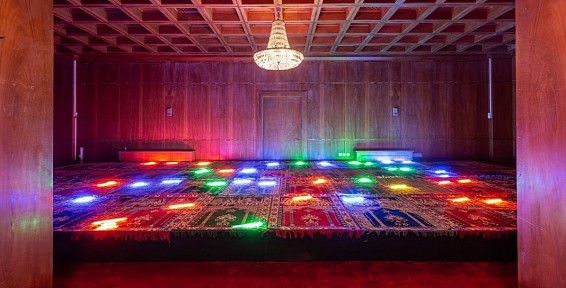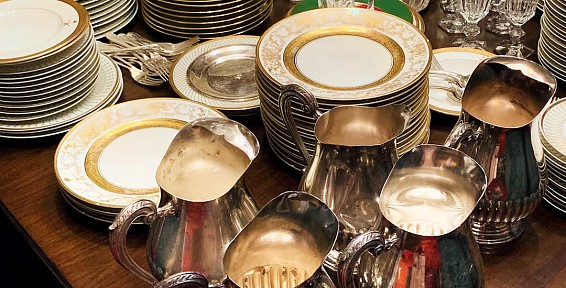Reportage dall'Arabia Saudita: il regno che verrÁ (Report from Saudi Arabia: the kingdom to come)
July 14, 2019 - Daniele Perra_ Artribune
THE RED PALACE RETURNS TO LIVE
It is in Riyadh that the artist Sultan bin Fahad (Riyad, 1971) - a member of the royal family and one of the most active and enthusiastic promoters and initiators of the change - installed a monumental exhibition divided into seven chapters, curated by Reem Fadda, in the evocative spaces and délabré of the Red Palace. Center of power and magnificence, the Palace, completed in 1944 - the first building in the capital to be built with concrete and iron-steel - was the residence of the then Prince Saud bin Abdulaziz, later the office of the Saudi Ministers Council and until 1987 the Palace of complaints. It has been closed and abandoned for twenty years and after the exhibition it will be converted into a hotel.
The artist has long been fascinated by the palace and his exhibition, through installations, videos and photographs, talks about the events that took place there - from the power meetings behind the scenes to the work of the many attendants who worked there - over the years and the history of the country. Family history. "On the evening of the opening to the public, " he says, " I met a lady in her nineties who told me that she lived in the Palace. Walking with his grandchildren he recognized the various rooms. He began to cry, seized by nostalgia and the many memories of his days spent in the Palace ”
Read More >>





